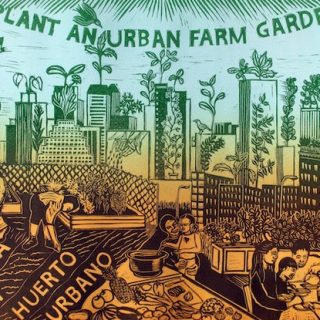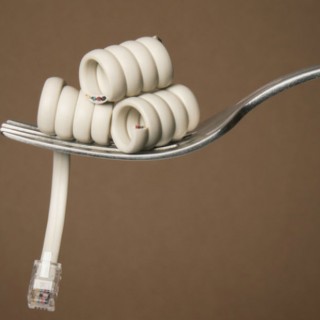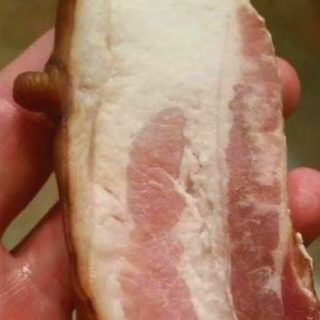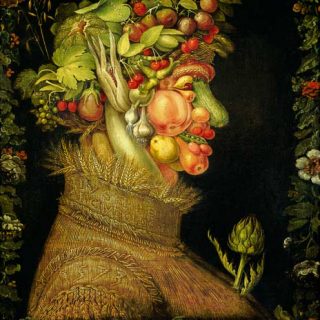 Engagingly written and richly illustrated, Putting Meat on the American Table explains how America became a meat-eating nation—from the colonial period to the present. It examines the relationships between consumer preference and meat processing—looking closely at the production of beef, pork, chicken, and hot dogs.
Engagingly written and richly illustrated, Putting Meat on the American Table explains how America became a meat-eating nation—from the colonial period to the present. It examines the relationships between consumer preference and meat processing—looking closely at the production of beef, pork, chicken, and hot dogs.
Roger Horowitz argues that a series of new technologies have transformed American meat. He draws on detailed consumption surveys that shed new light on America’s eating preferences—especially differences associated with income, rural versus urban areas, and race and ethnicity.
Putting Meat on the American Table will captivate general readers and interest all students of the history of food, technology, business, and American culture.
“A lively study which will also earn a place on the college bookshelf for its scholarly side.”
“The best book on the subject I’ve seen since I read The Jungle.”
“A compact, clearly written volume.”
“For anyone interested in the food production or consumption, this book is indispensable.”
“An unusually engaging piece of scholarship and a fascinating introduction to the topic.”
Order the book
Food 2.0 LAB in association with Amazon
Books by the same author –


















